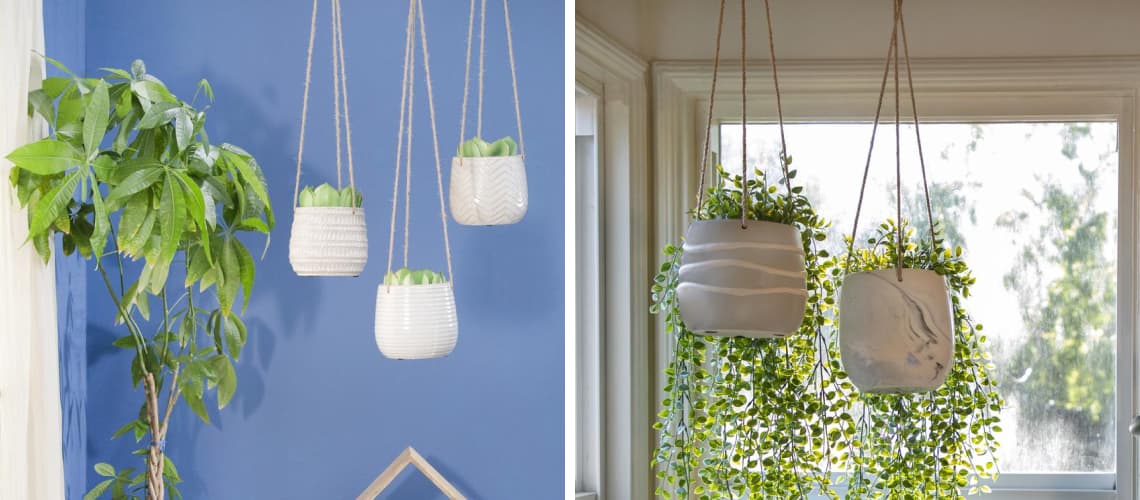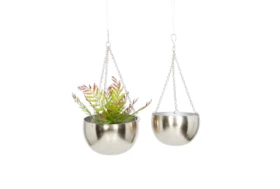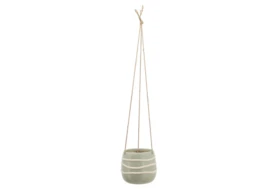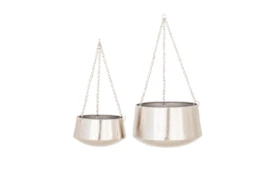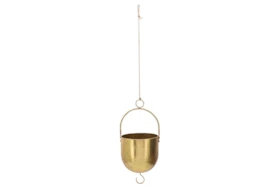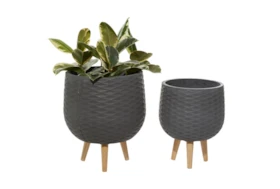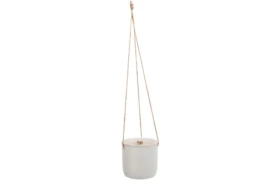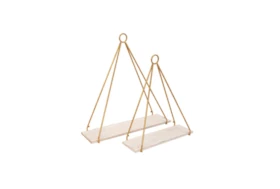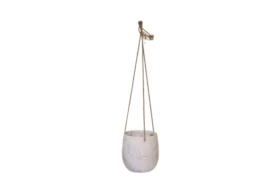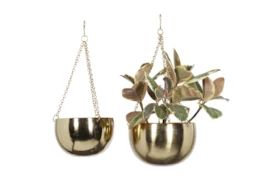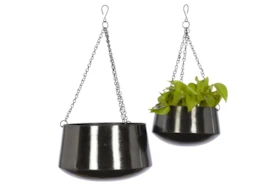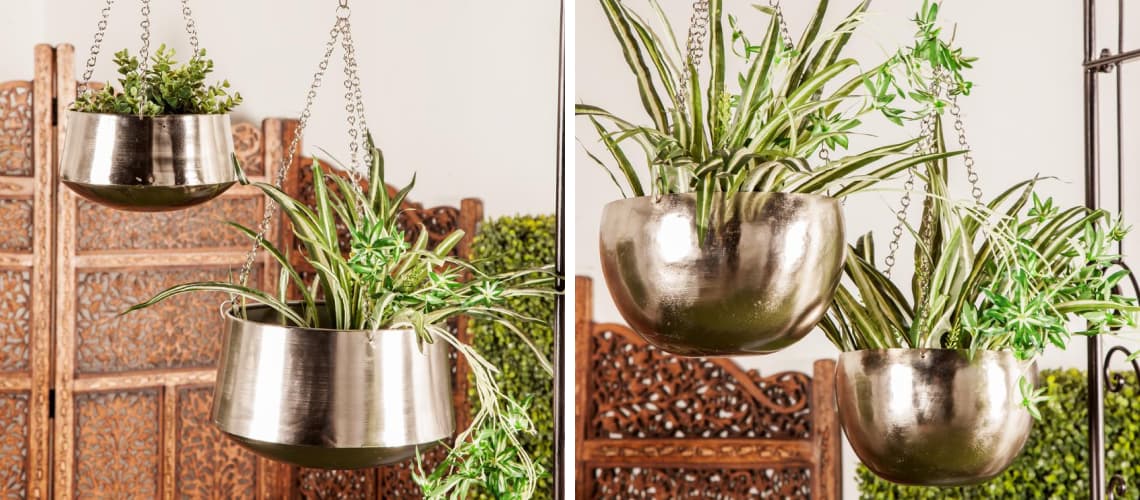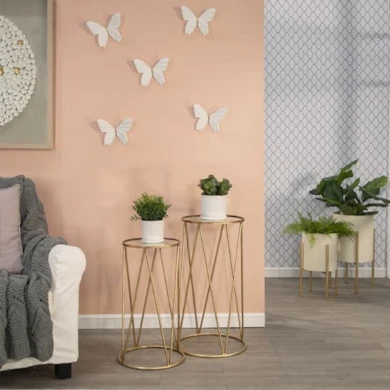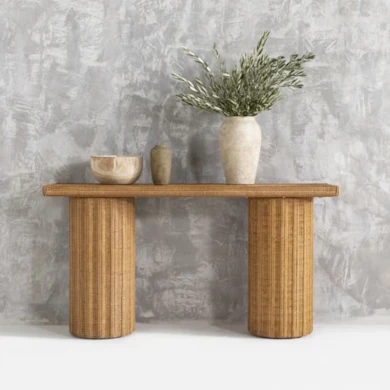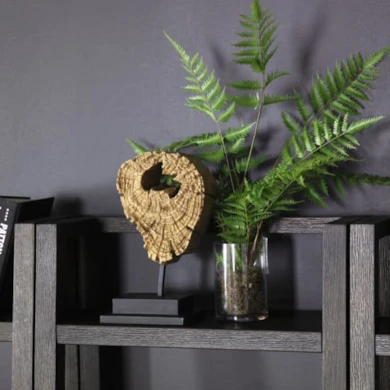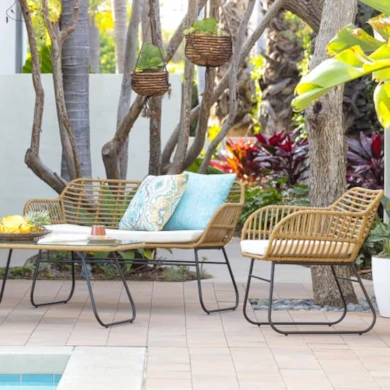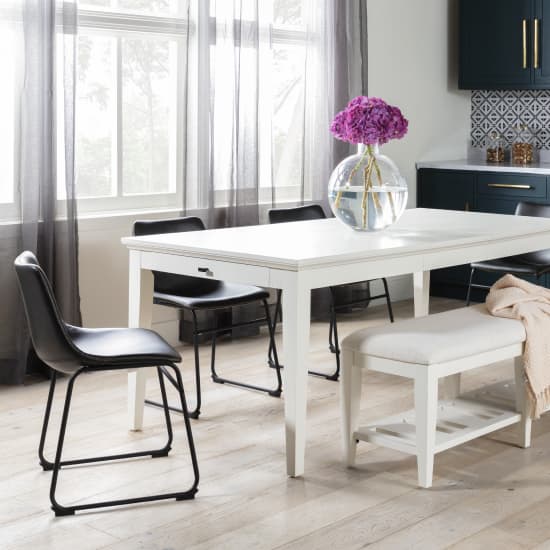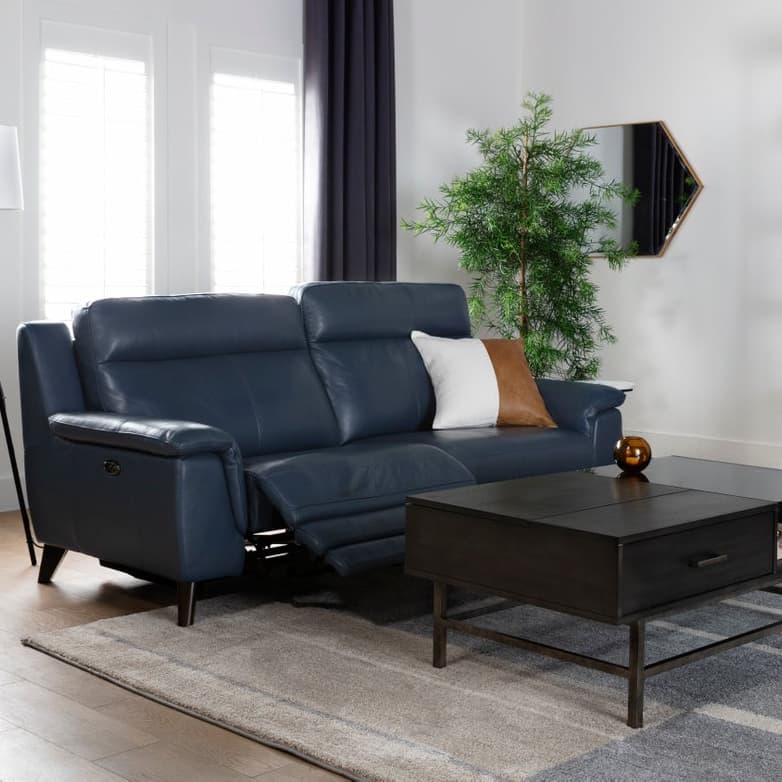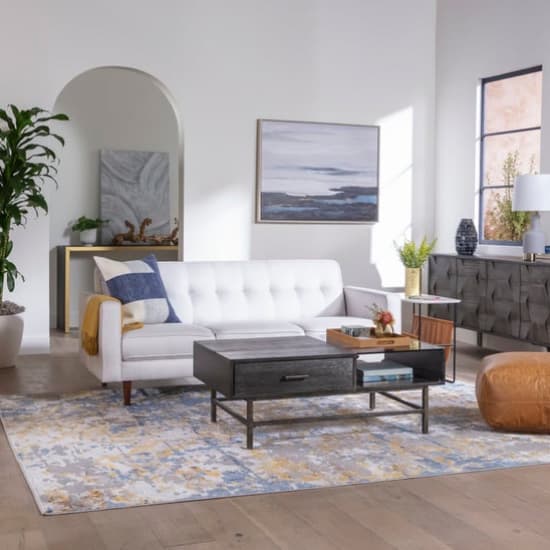How to Plant Hanging Baskets in 20 Minutes
1) Pick Your Plants
The first step to planting hanging baskets is choosing the flora you want to display around your home. The most eye-catching hanging plants tend to be colorful flowers that spill over the basket. Here are a few of our favorite ideas:- Fuchsia: These pink, drooping flowers are sure to grab the attention of visitors.
- Petunias: In addition to being colorful, petunias are lush and smell delightful.
- Ferns: If you prefer bright greenery as opposed to different colors, ferns are a great option.
- Succulents: Designed to withstand heat, succulents are both stunning and easy to care for.
- Geraniums: These bright clusters of flowers stand tall when in full bloom, perfectly filling your hanging basket.
From small, pink fuchsia to large, green ferns, there's no shortage of flora to choose from. Keep in mind that every plant has its own maintenance instructions, so make sure you're able to care for a plant before buying it.
2) Choose Your Basket
Once you've settled on a plant, you can move on to the container. Here are some factors to consider when choosing the basket:- Material
- Color
- Size
The most important factor is the size of the basket. The larger your plant is, the deeper the basket should be. Ultimately, you want the basket to be large enough to support the plant's roots. The basket should also provide a wide surface area for retaining moisture.
3) Select a Liner
If you're interested in hanging a wire basket, you might be wondering: how does it hold soil? That's where a liner comes in. Before hanging your flora, you'll have to thoroughly pad the container with a liner capable of supporting both the plant and soil. There are three main liners available:- Sphagnum moss
- Coco fiber
- Landscape fiber
4) Start Planting
Now that you've gathered all your materials, you can finally start the planting process. If you're using a wire basket, start by soaking your liner in water. Then, place the liner in the basket and mold it into place. Keep applying liners until you have a layer that's thick enough to hold soil.Next, fill the basket about halfway with soil. It's important to use potting soil, which is more lightweight than traditional gardening soil. Ideally, your soil should include organic ingredients that will support your plant's health (such as compost and humus). You can also add organic fertilizer directly to the soil.
The last step is to actually place your plants in the soil. This procedure is similar to regular planting — start by moistening the soil slightly, then pack the flowers or plants inside (adding more soil as you work). Make sure not to overstuff the basket, especially if you expect considerable growth. After the plant is set up, you should be ready to water it once or twice a day and apply fertilizer about every two months.
5) Hang the Basket
You've gone through all the work of arranging your plant — the only thing left to do is put it up for everyone to admire! To hang the plant, you'll need to anchor a hook directly to your home's exterior or interior wall. Most hanging plants weigh between seven and 20 pounds, so make sure the hook is strong enough to support it.What makes hanging plants great is that you can put them anywhere you please. If you're having trouble coming up with a spot, try one of these popular locations:
- Front door
- Foyer
- Living room corner
- Reading room
- Patio
— More Great Articles —
Read the Latest
Editorial Disclaimer: Articles featuring tips and advice are intended for educational purposes and only as general recommendations. Always practice personal discretion when using and caring for furniture, decor and related items.
